Edging the pond: must it be rocks?
roselover_5b
13 years ago
Featured Answer
Sort by:Oldest
Comments (18)
flora2b
13 years agoroselover_5b
13 years agoRelated Professionals
Middle River Landscape Architects & Landscape Designers · River Forest Landscape Architects & Landscape Designers · San Juan Landscape Architects & Landscape Designers · Anderson Landscape Contractors · Concord Landscape Contractors · Bell Gardens Landscape Contractors · Broadlands Landscape Contractors · Cincinnati Landscape Contractors · Doctor Phillips Landscape Contractors · Hilo Landscape Contractors · Lakewood Landscape Contractors · Morrisville Landscape Contractors · North Haven Landscape Contractors · Snoqualmie Landscape Contractors · Waipahu Landscape Contractorsshakaho
13 years agomgeca
13 years agoponderpaul
13 years agoroselover_5b
13 years agomgeca
13 years agoponderpaul
13 years agochas045
13 years agomgeca
13 years agomgeca
13 years agomrpd114
11 years agoDebbie Downer
11 years agoCalamity_J
11 years agoDebbie Downer
11 years agomckool
11 years agobernie123
10 years ago
Related Stories
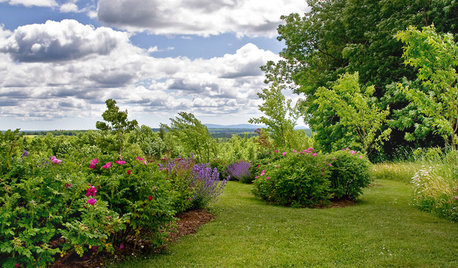
LANDSCAPE DESIGNYour Mini Guide to Great Garden Edges
Get the scoop on trenches to the skinny on bender board, to help keep your garden beds as tidy as you like
Full Story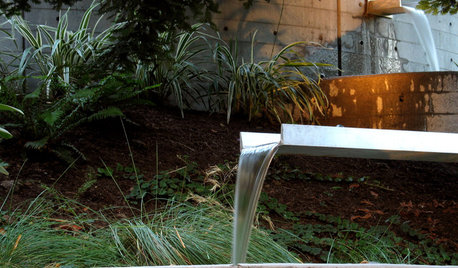
LANDSCAPE DESIGNGive Your Garden an Industrial Edge
Create intriguing contrast by borrowing from the factory to dress up your organic setting
Full Story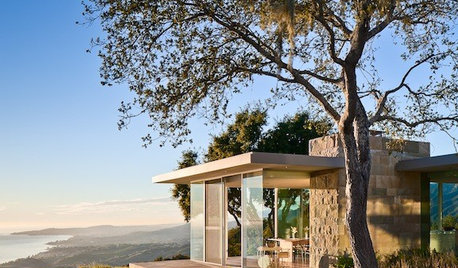
LANDSCAPE DESIGNLiving on the Edge of the Wild
When Mother Nature is your neighbor, the possibilities — and responsibilities — can be that much greater
Full Story
GARDENING GUIDESGreat Design Plant: Anemone Canadensis Adds Pizzazz to Water’s Edges
Plant Canadian anemone along pond, lake or stream edges for a splash of white flowers in late spring
Full Story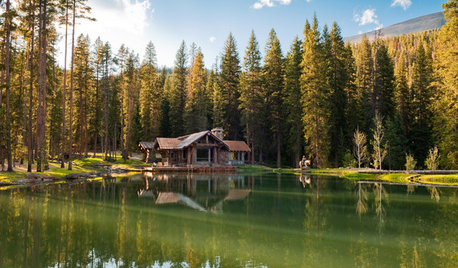
HOUZZ TOURSHouzz Tour: Rustic Cabin With Dive-In Pond
Set on 22 acres and with as many modern comforts as rugged trails, this Montana home is an outdoor lover's paradise
Full Story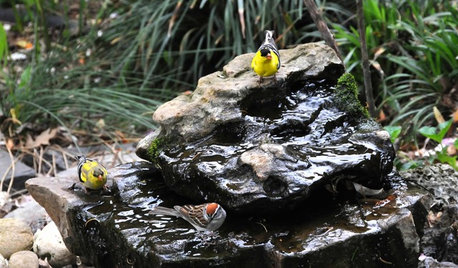
OUTDOOR PROJECTSBring In the Birds With a Homemade Bubble Rock
An avian expert from Southern Indiana shows how to make a burbling fountain that migrating birds will love
Full Story
GARDENING AND LANDSCAPINGHow to Make a Pond
You can make an outdoor fish paradise of your own, for less than you might think. But you'll need this expert design wisdom
Full Story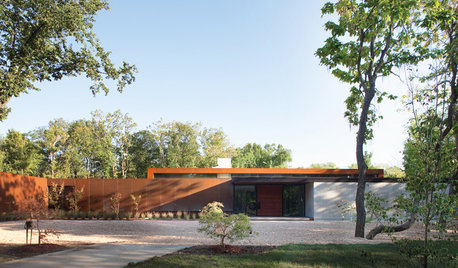
MODERN HOMESHouzz Tour: Heavy Metal Rocks a Modern Missouri Home
Steel shows up all over this single-level family home, but wood and other textures warm the look
Full Story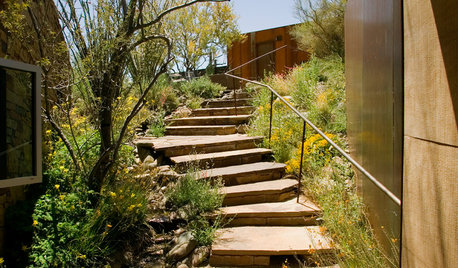
ARCHITECTUREHouzz Tour: A Pond House in the Arizona Desert
With water in the back and a descent to get in, this skillfully designed modern home keeps its cool in the Southwestern sun
Full Story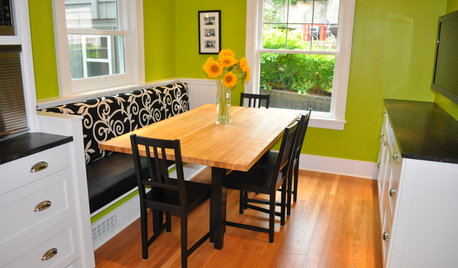
KIDS’ SPACES8 Homework Areas That Make Back-to-School Rock
Give your kids an academic edge with an area that makes studying easier and more enjoyable at home
Full StoryMore Discussions







cliff_and_joann